France is more than just visiting the Eiffel Tower, walking along the Arc de Triomphe and eating baguettes. Hiking in France is an excellent way to get to know the country thoroughly. Hiking through vineyards, the most beautiful French hut tours in the Alps and Pyrenees and the pilgrim routes to the South. Sounds good, doesn't it? In this blog, we will inform you about France's most beautiful hiking routes, including a trail around Mont Blanc, hut-to-hut tours in the Pyrenees and the famous pilgrimage to Santiago de Compostela in Spain, which can also be started in France.
At Bookatrekking.com, we love hiking and when we are not going to Kilimanjaro or Nepal, we like to head out into Europe by ourselves. One of the many Steigs in Germany, endless Alpine pastures in Austria, the beautiful Dolomites or on a hut-to-hut hike in the Alps. If we go for the latter, we can't really avoid France. A hut tour in France is the absolute best so no wonder you will come across some of the best options in this blog. But there's more, as we also like to take you on the Camino Francés, the French way to Santiago de Compostela. Allez!



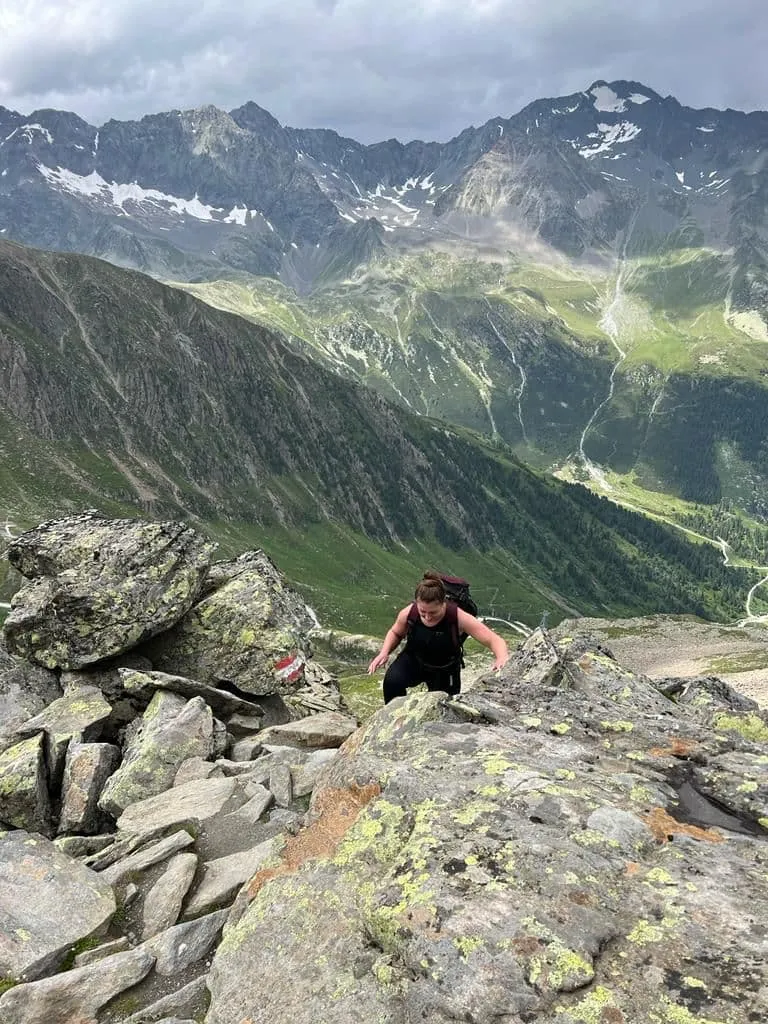
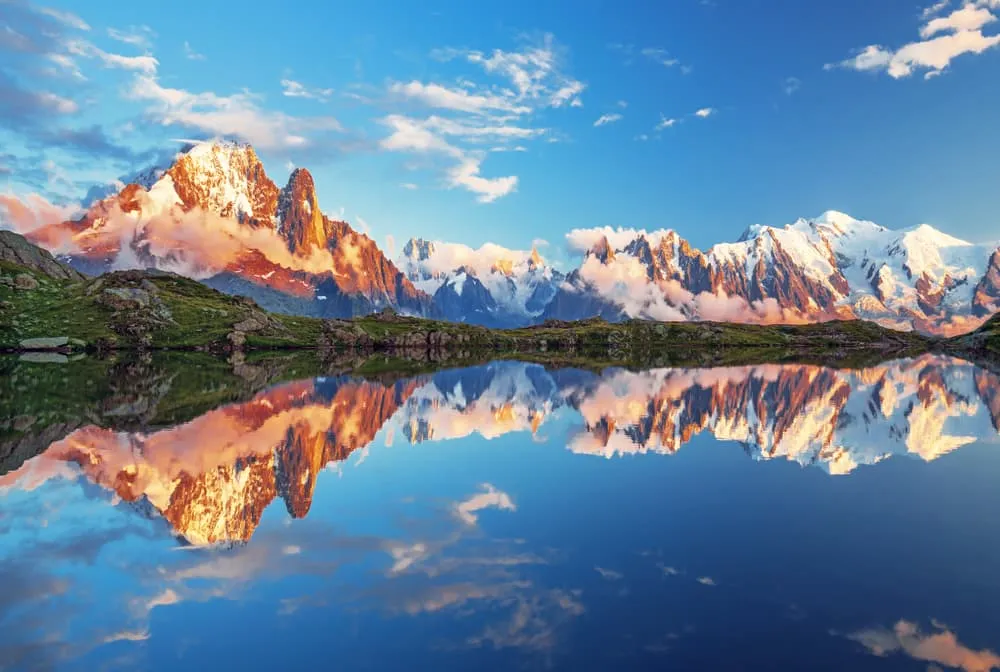
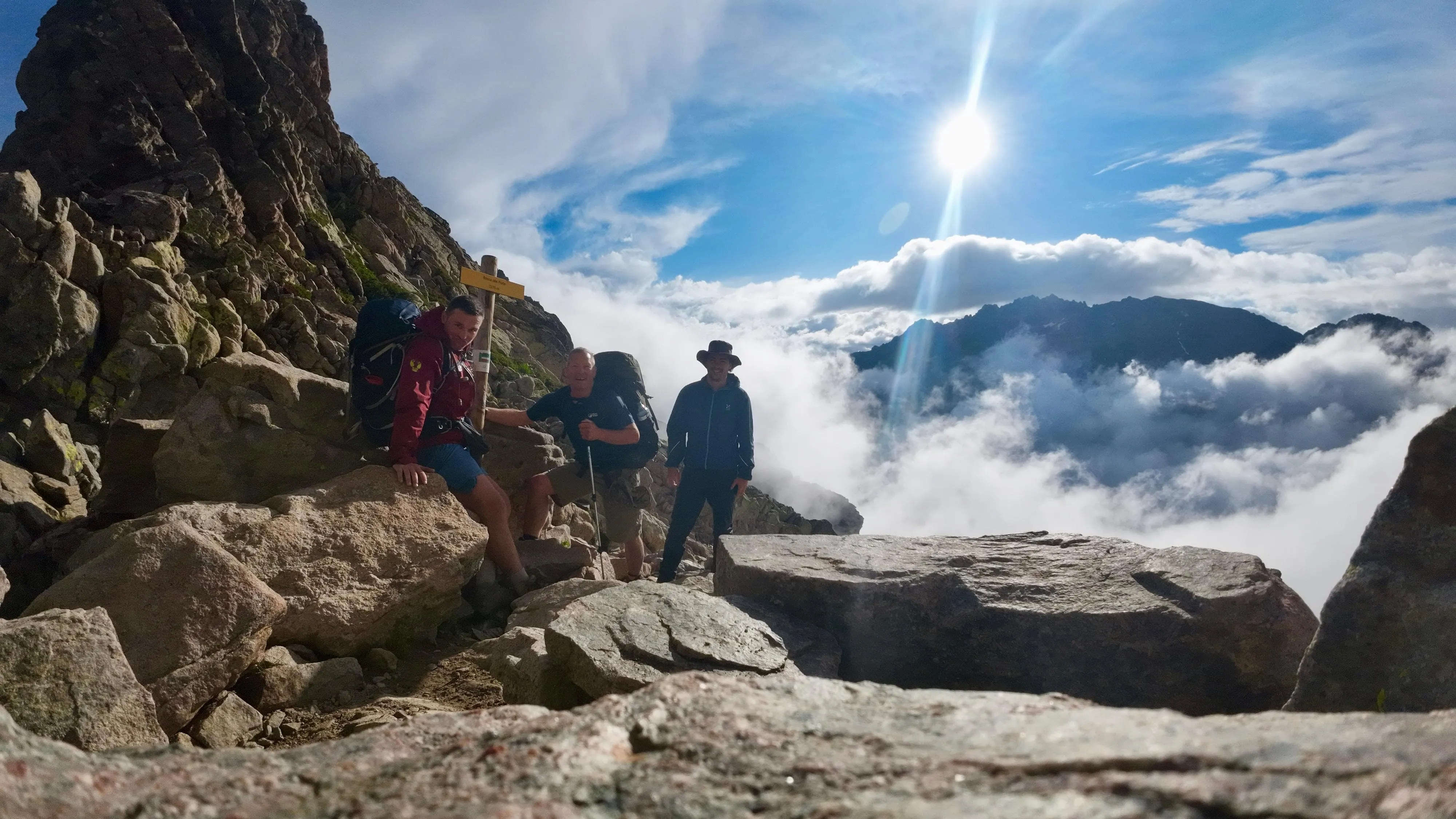
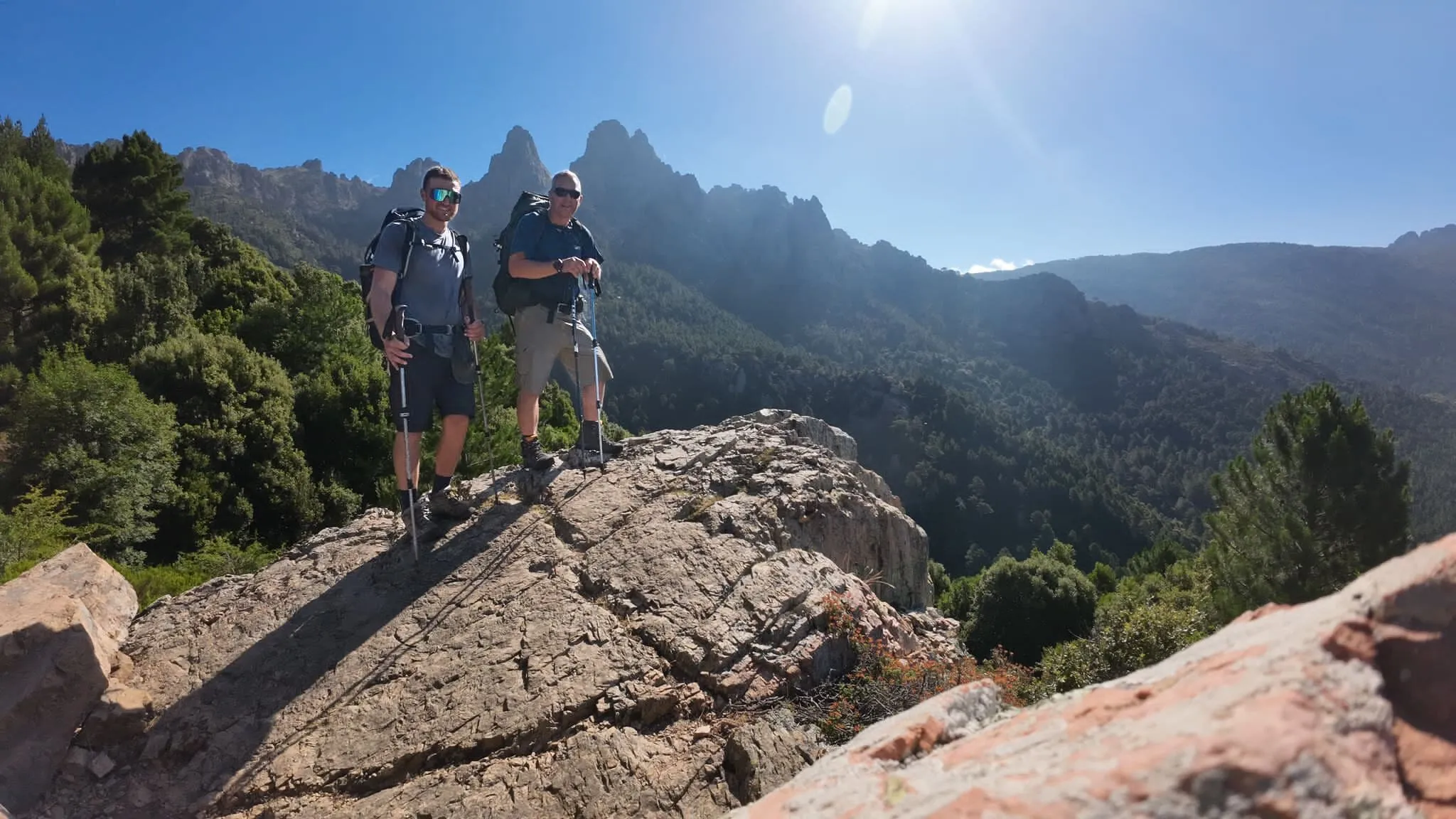
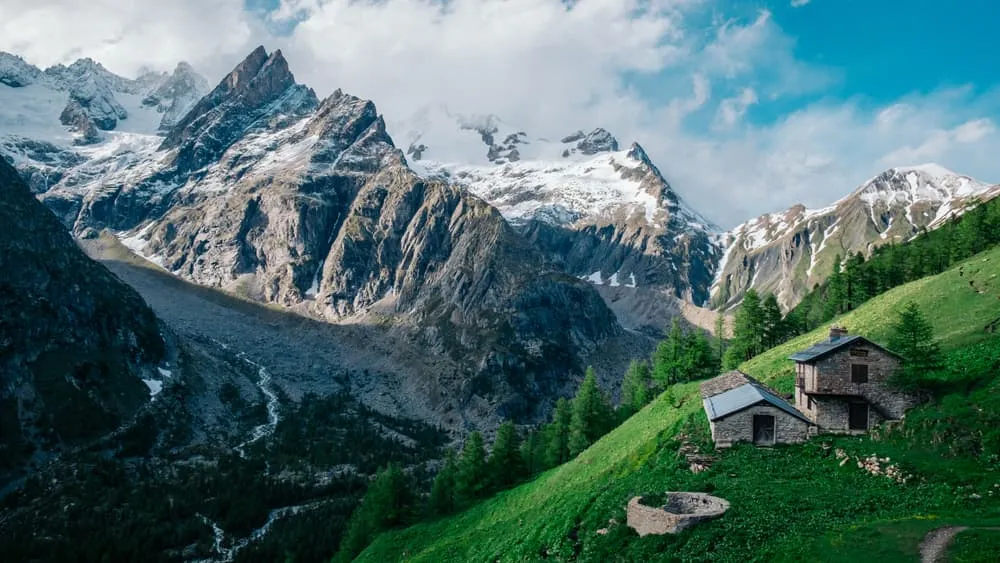
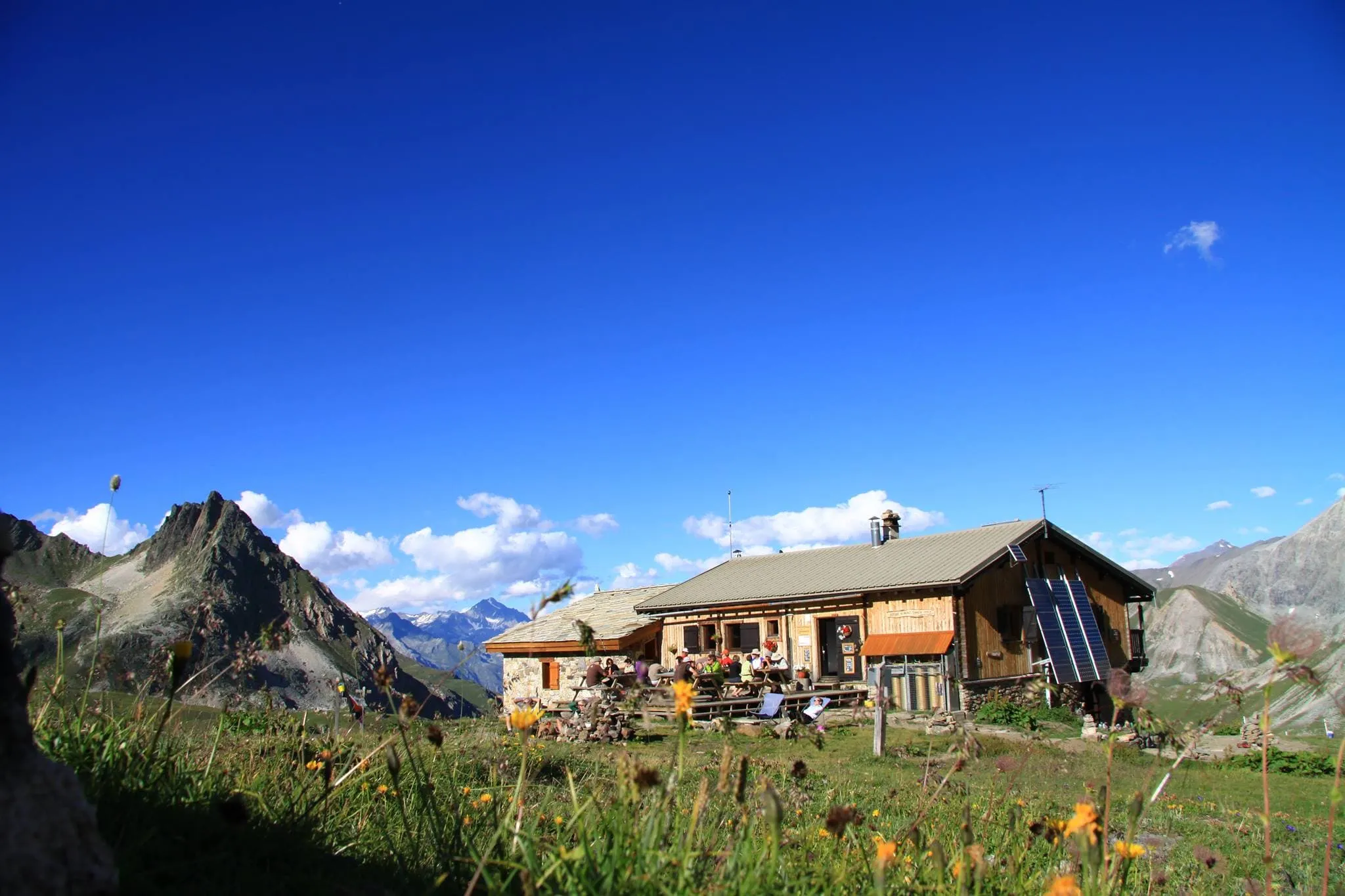
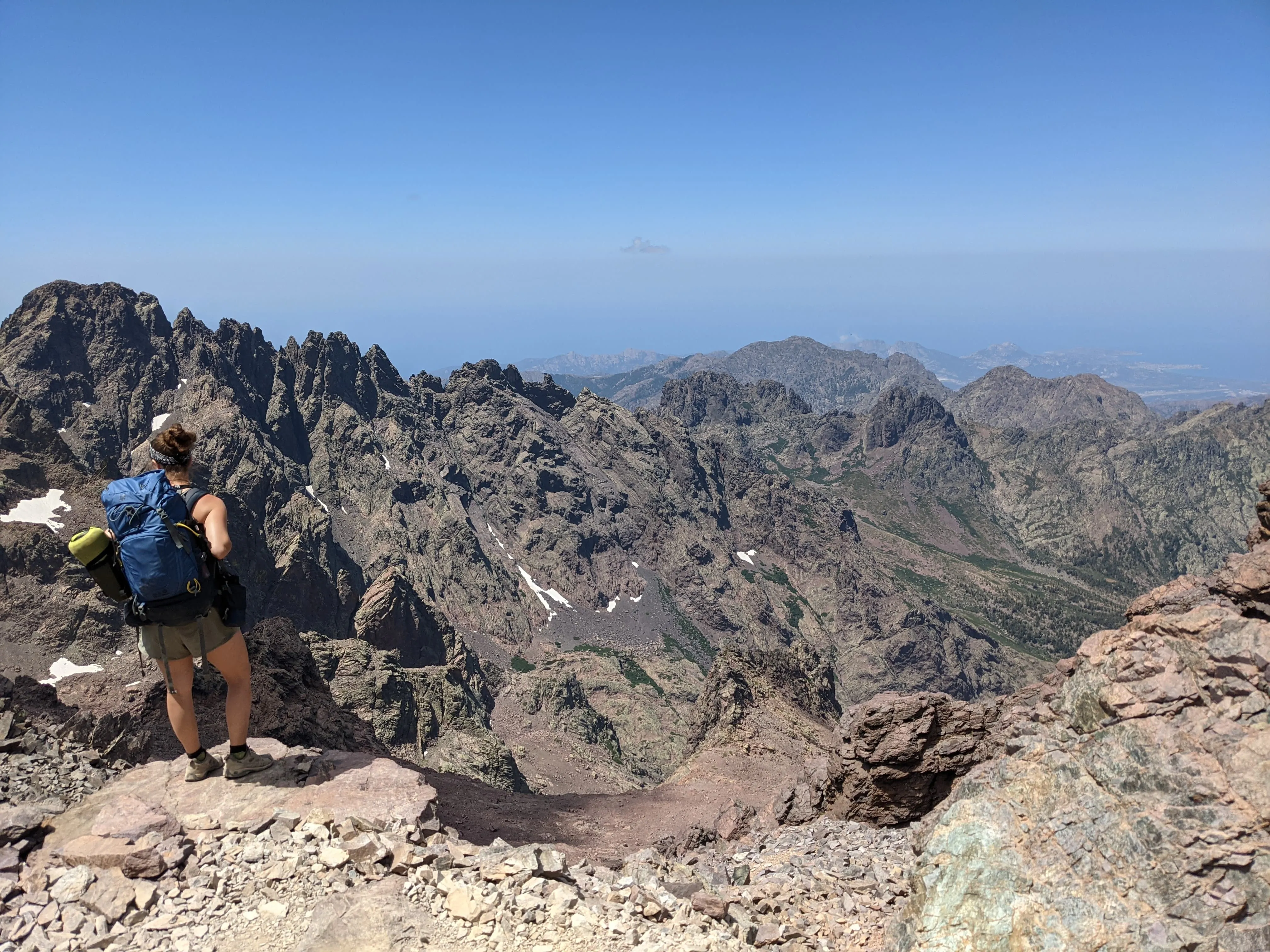
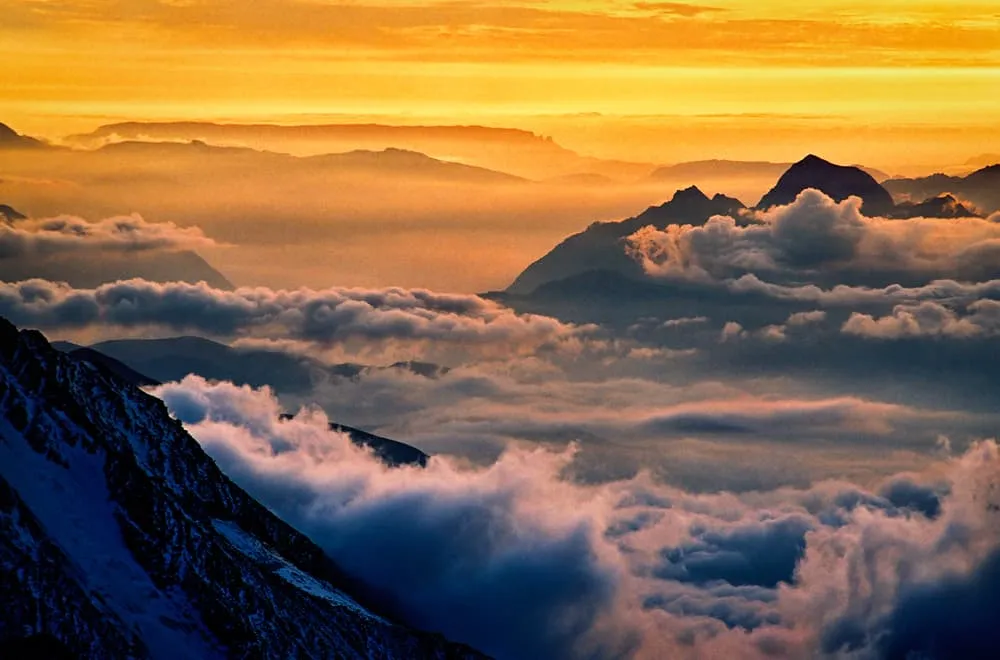
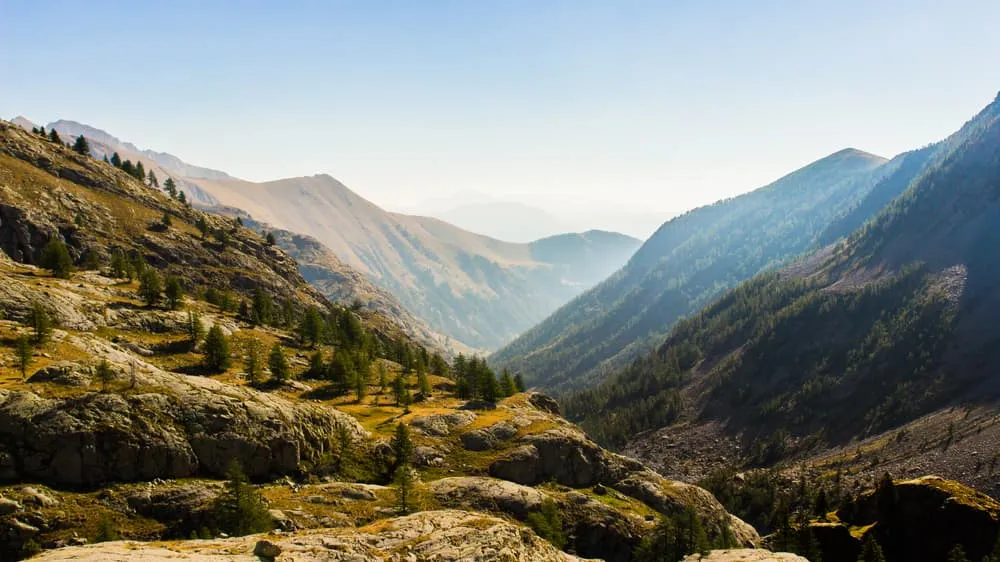
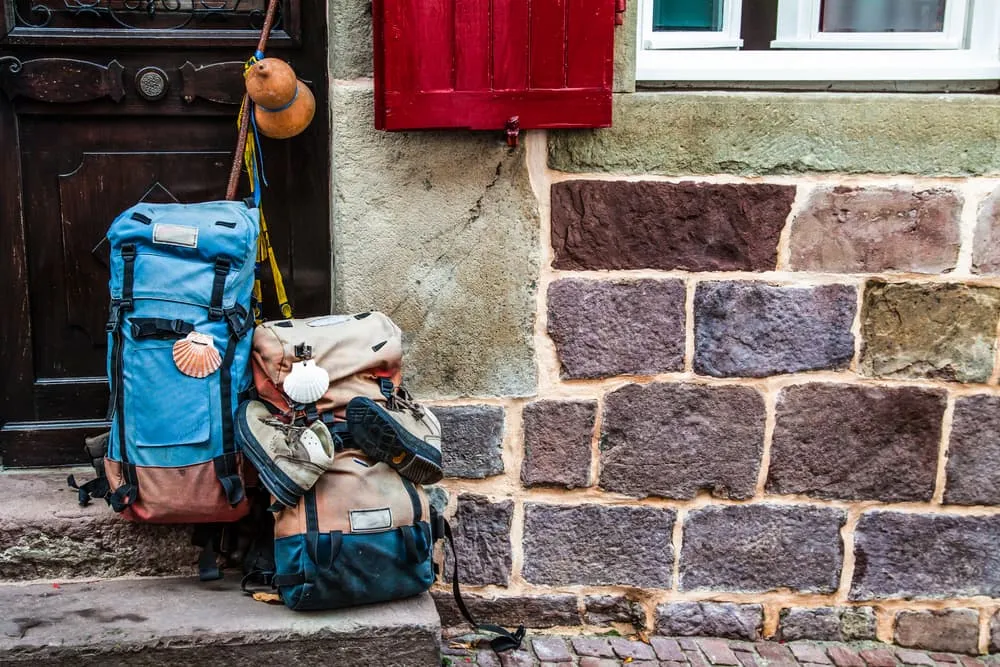
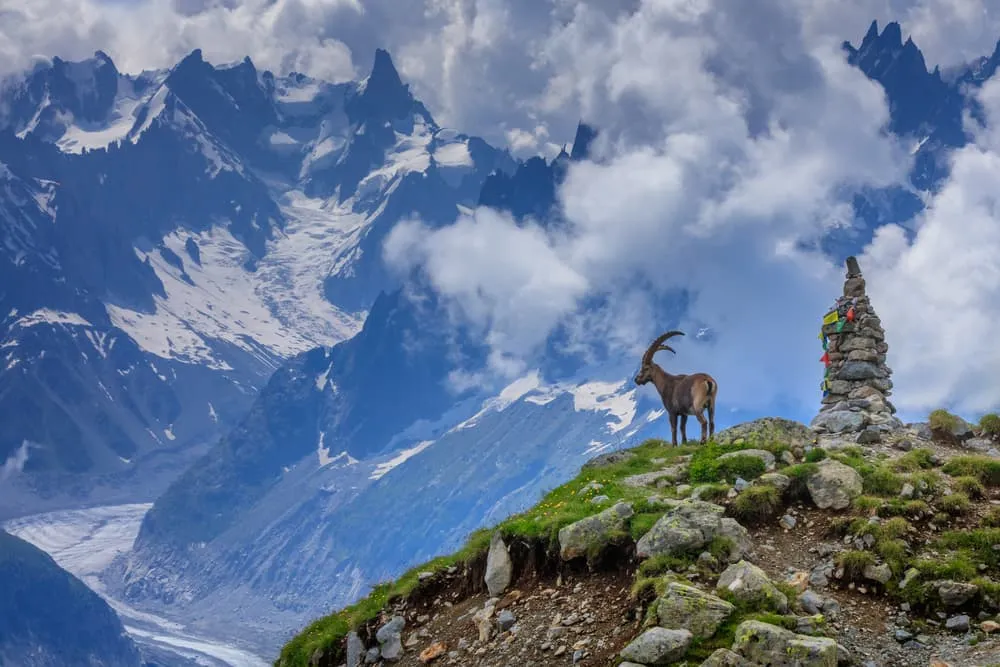
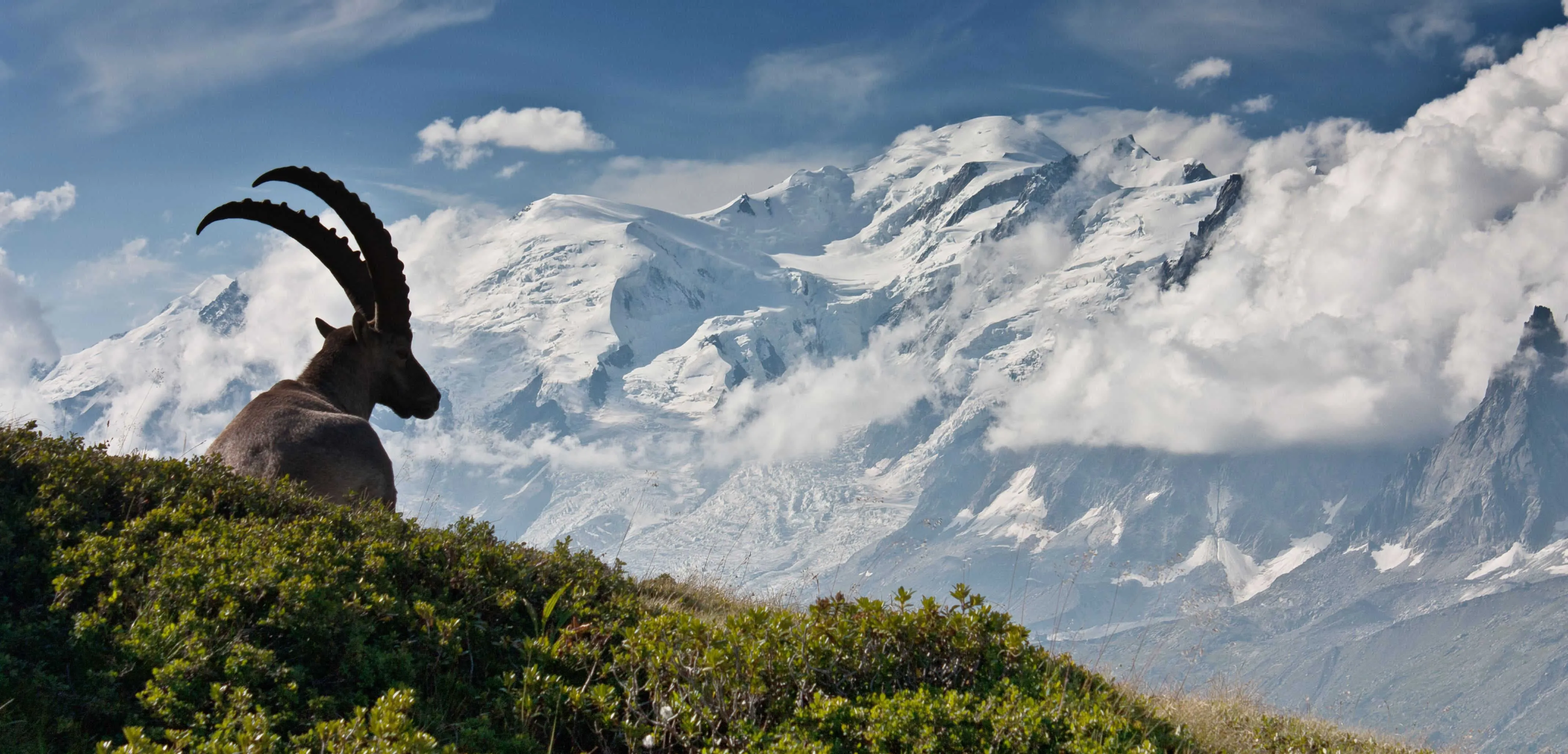
Comments